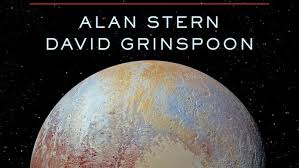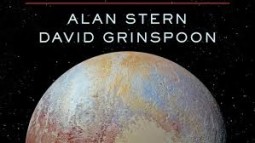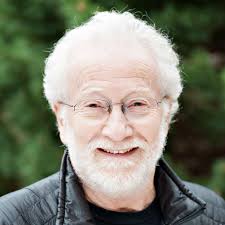We offer two feature interviews on this week’s show:

Photo credit: Kevin J. Beaty/Denverite
Health Impacts of Wildfire Smoke (start time: 4:22) It’s peak wildfire season. Smoke from forest and grass fires contains particulates that can irritate eyes, throat and lungs — especially in children, the elderly, and people already suffering from asthma, allergies, heart disease. How On Earth host Susan Moran interviews Anthony Gerber, MD/PhD, a pulmonologist and an associate professor of medicine at National Jewish Health and the University of Colorado, Denver, about the medical risks of breathing smokey air and what people can do to minimize the impact. The Colorado Department of Public Health and Environment also offers info and warnings on air quality in Colorado.

Detained Migrant Children Suffer Medically (start time: 17:02) Since April, when the Trump administration’s controversial zero-tolerance policy went into effect to crack down on families crossing the border illegally, more than 2,300 migrant children have been separated from their parents and detained in government detention centers. More recently, about 200 of the children have been reunited with their parents, but bulk of them have not. As a result, many of the children suffer from physical and mental health problems. Colleen Kraft, a pediatrician and president of the American Academy of Pediatrics, talks with host Susan Moran about the medical impacts on migrant children.
Hosts: Susan Moran, Joel Parker
Producer: Susan Moran
Engineer: Joel Parker
Executive Producer: Beth Bennett
Listen to the show here:
Podcast: Play in new window | Download (Duration: 26:21 — 24.1MB)
Subscribe: RSS




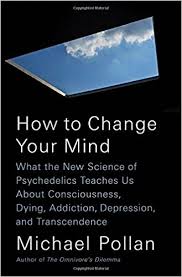
 We present another part of our interview with
We present another part of our interview with  We also talk with Boulder Psychiatrist Dr. Will Van Derveer, who leads the
We also talk with Boulder Psychiatrist Dr. Will Van Derveer, who leads the 
 This week on How on Earth, Beth talks to author Dr Marc Bekoff, Professor Emeritus, CU Boulder. His new book has the wonderful title of Canine Confidential. If you enjoy dogs, dog parks, and watching them interact with each other and people, you’ll enjoy this book!
This week on How on Earth, Beth talks to author Dr Marc Bekoff, Professor Emeritus, CU Boulder. His new book has the wonderful title of Canine Confidential. If you enjoy dogs, dog parks, and watching them interact with each other and people, you’ll enjoy this book!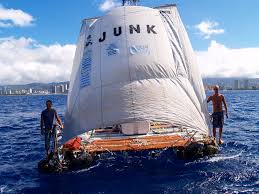

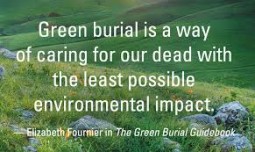

 Two epidemics sweeping the developed world are Type 2 diabetes and Alzheimer’s disease.This week on How on Earth, Beth interviews Dr Steven Masley about his book, The Better Brain Solution in which he explores the connection between diet (and other lifestyle factors) and these diseases. Based on the results of numerous clinical trials he has conducted in his medical practice, Masley presents a program to prevent and possibly reverse this metabolic syndrome. You can find his book and other information at
Two epidemics sweeping the developed world are Type 2 diabetes and Alzheimer’s disease.This week on How on Earth, Beth interviews Dr Steven Masley about his book, The Better Brain Solution in which he explores the connection between diet (and other lifestyle factors) and these diseases. Based on the results of numerous clinical trials he has conducted in his medical practice, Masley presents a program to prevent and possibly reverse this metabolic syndrome. You can find his book and other information at 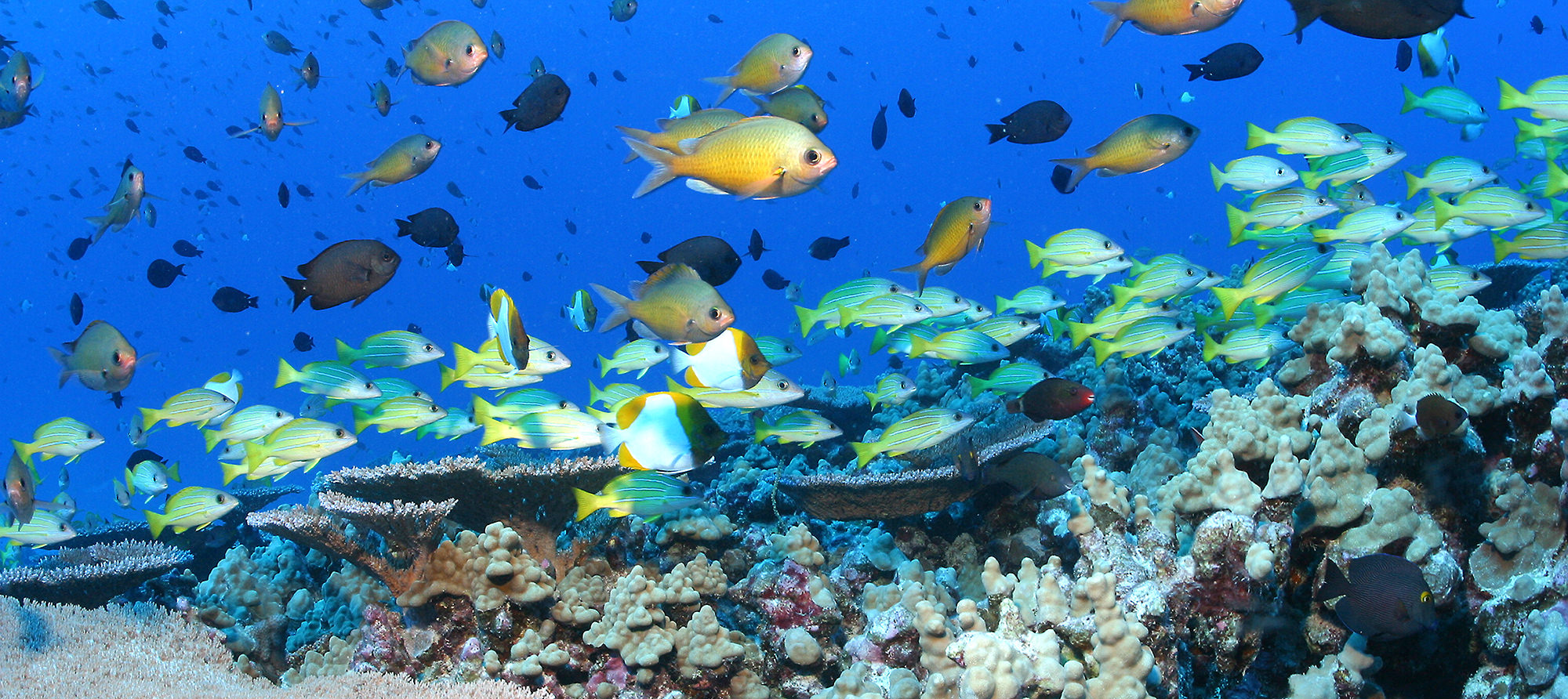

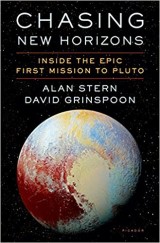
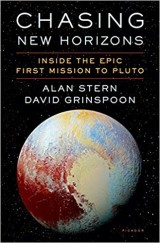 In 2015, the New Horizons Spacecraft flew past Pluto. Because Pluto is so far away, it took nearly 10 years of travel for the spacecraft to reach that distant dwarf planet — and that was after a decade of work to get the spacecraft to the launch pad. Planetary scientists Alan Stern and David Grinspoon have written a new book, called: “Chasing New Horizons: Inside the Epic First Mission to Pluto”. The book tells the story of developing and operating the New Horizon mission.
In 2015, the New Horizons Spacecraft flew past Pluto. Because Pluto is so far away, it took nearly 10 years of travel for the spacecraft to reach that distant dwarf planet — and that was after a decade of work to get the spacecraft to the launch pad. Planetary scientists Alan Stern and David Grinspoon have written a new book, called: “Chasing New Horizons: Inside the Epic First Mission to Pluto”. The book tells the story of developing and operating the New Horizon mission.